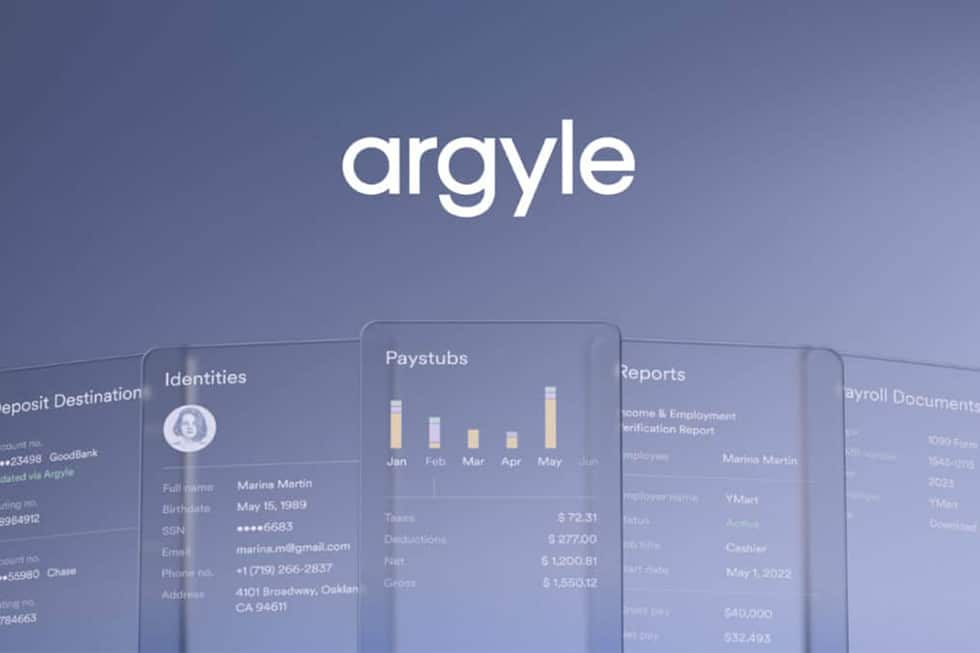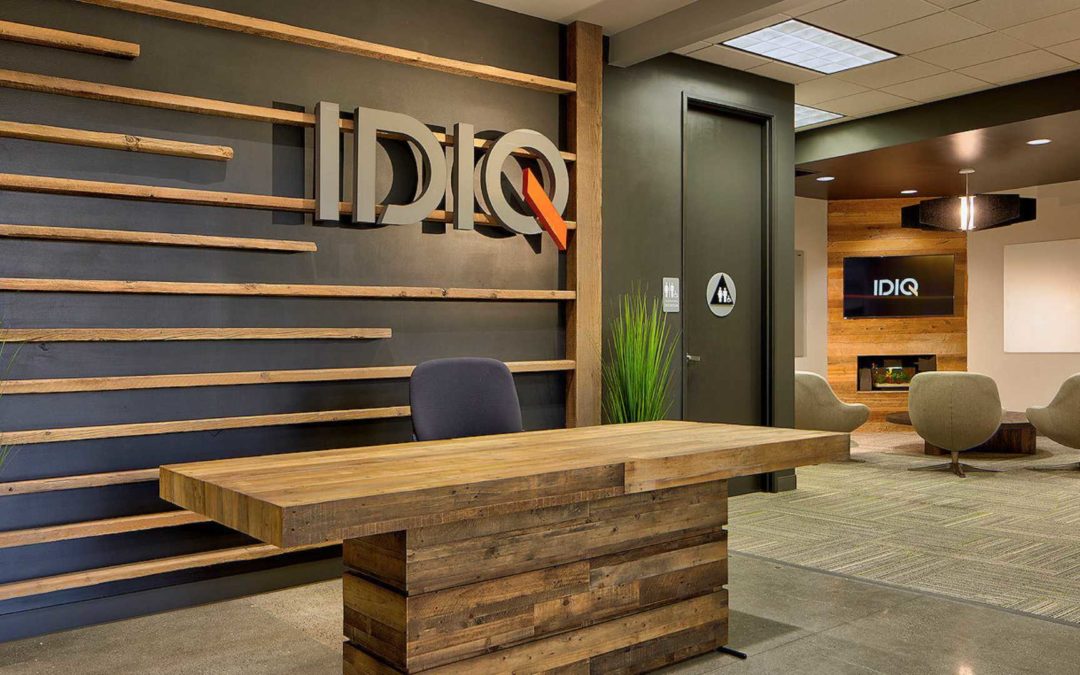Small businesses are the lifeblood of the U.S. economy. In 2019, the Small Business Administration (SBA) reported 30.7 million small businesses in the U.S., providing jobs to 47.3% of the country’s private workforce.
The pandemic has since changed all that, forcing small businesses to shift to part-time, online, or close shop altogether. Those that remain are still fighting to stay open, applying for government funding, defying statewide closures in peaceful protests, and some going as far as suing the county for what they view as an infringement of their rights and livelihoods. Despite these challenges, the pandemic created a new crop of small businesses to emerge.
These emerging trends will not only outlast the current economic crisis but they will also play a vital part in small business’ comeback.
Virtual offerings will empower business owners
Brick-and-mortar businesses like gyms and retailers have long stuck to the same business model of providing in-person services. While this tried-and-true model will return and persevere, business owners have learned the value of having multiple streams of income via virtual offerings and e-commerce. Last year, mom-and-pop gyms transitioned their services online, forming virtual on-demand classes and live streaming to remain connected with gym members. Companies like FTT Virtual streamed conferences online and brought prominent speakers right to attendees’ living rooms. As a result, a number of new software companies emerged catering to small businesses’ who needed to quickly pivot operations online.
2021 Comeback Tip: Invest in a secondary, virtual offering for your business.
Alternative, contactless payments will persist across every industry
Contactless payments are having a moment, and they’re here to stay no matter what industry you’re in. A Mastercard study revealed 79 percent of consumers had switched to using contactless payments at the start of the pandemic. Previously, small business owners dismissed this option due to merchant costs or difficulty switching to new technology, but we saw how quickly small businesses were able to shift payments to mobile when it was absolutely necessary to its survival. This technology isn’t just available for brick-and-mortar businesses. There’s a growing trend even in the trucking industry to use contactless payment technology like Comdata’s Virtual Comchek and fuel cards to send funds directly to drivers to promote social distancing, efficiency, and safety.
2021 Comeback Tip: Encourage customers or employees to use contactless payments with incentives like bonus rewards or discounts.
Government funding, grants, and loans will remain a priority
The first round of the Payroll Protection Program (PPP) gave many small businesses the lifeline they needed at the onset of the pandemic. Unfortunately, there were a lot of hiccups along the way that prevented those who truly needed the funds from accessing it. The most recent PPP draw has tackled some of these challenges. Small Business Administration and PPP expert, Alex Cohen, CEO of Liberty SBF, notes the loan forgiveness requirements were simplified this time around, making it easier for small business owners to understand the eligibility requirements for the forgiveness of loans under $150,000.
Underserved and underbanked business owners remain especially vulnerable during this pandemic. Those with close bank connections received loan payments quickly the first time, while others missed out on funding due to misinformation or mistakes made during the application process. As a result, companies like Liberty SBF revamped the application process to make it easier for small business owners with limited resources to quickly apply and receive funds through SBAPAYCHECK.com. “There was money leftover in the first round,” said Alex in an interview. “Lots of companies didn’t apply for first draw loan because there was uncertainty […and..] the process was complicated.”
2021 Comeback tip: Look to approved lenders experienced in the PPP loan process to access the funds for your business needs.
Women-led and minority-owned businesses will attract venture capital and new opportunities
Civil and social unrest in 2020 created new opportunities for small businesses led and owned by women and minorities. This demographic has previously been overlooked by venture capitalists but not anymore. Fintechs like Plaid are leveling the playing field by launching an accelerator for early-stage entrepreneurs that are POC. Financial firms like Amount Financial and Social Money Finance are also tackling financial literacy for POC to close the wealth chasm among black and Latino families. Prioritizing women, Latinos, and BIPOC entrepreneurs is key to strengthening the U.S. economy. Financial literacy is also a crucial piece of that puzzle as a lack of financial resources, connections or literacy has been shown to widen the racial wealth gap according to McKinsey.
2021 Comeback tip: Investments in women and minority-owned businesses will lead to new opportunities, jobs, and a healthier economy for all.
As vaccine distribution makes its way around the country, small businesses will remain at the forefront of the U.S. economic recovery. Policymakers will continue to play a big role in that recovery, but it’ll still be up to small business owners to lead the way in innovation and investments. These emerging trends may have existed prior to 2020 but have now reached a critical tipping point.





